 |


![]()
> archived articles
> write for core! be famous!
|
Tower Power: Truss, Trust and Reengineering Participation by Natalie Jeremijenko |
|
|
This letter is to alert distracted New Yorkers that the most important tower since the Eiffel tower has been proposed for lower Manhattan. No, not the multiple towers suggested by the singular vision of Leibeskin, but an entirely different and quite pragmatic transmission tower--the Rival tower. The Rival tower, designed to capture some of the antenna real-estate revenue of lower Manhattan and enable a variety of experimental transmitter projects for it host organization--a museum space named, auspiciously, Art in General--is actually already under construction. It has not yet pierced the skyline to any great height, because it's base is perched on a webcam, and it's being built at 1/100th scale. Nonetheless, on screen it towers! The Rival tower is named for the organizational strategy that now rivals the engineering of some of the largest corporations in the world, and it will determine its own form. This is the phenomenon of open source software, to which the likes of Microsoft, Oracle and IBM have ceded market share to their opensource competitors. Moreover there is a rising consensus among experts that the product quality of opensource is superior, in both line-by-line bug count and architecture. It is remarkable that some of the most complex, engineered products we have collectively built have been achieved by unpaid and often-unqualified teams of programmers seemingly in defiance of market-based rational behavior--a fact so remarkable that it has made the wider engineering community very interested in topics like governance and trust systems. However, as Yale law Professor and leading OS theorist Yochai Benkler argues, OS is not just a software-specific phenomenon; rather, it is one instance of a wider phenomenon of commons-based peer production that describes much productive behavior of civil society. 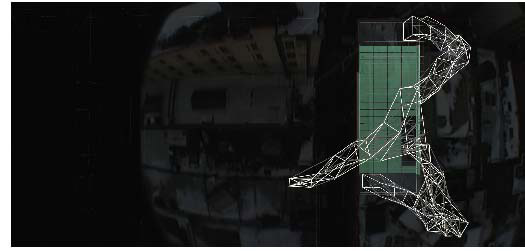 Truss structures--including bridge platforms, power line towers, the supporting structures for freeway signage, and pedestrian overpasses--are almost invisible in their ubiquity and are the fundamental vocabulary of pragmatic and inexpensive civic infrastructure. They also have several characteristics in common with successful opensource software. First, like code, they are easily decomposed and reintegrated. Thus, many people can contribute. As Benkler shows, this is the power of being able draw on an unbounded set of people and their experience, rather on those that happen to be employed in a firm or assigned to a project. Secondly, many people have some interest in making civic infrastructures work, like the Apache webserver, or Linux operating systems; precisely because they are a shared resource and many people will gain from this. The Eiffel tower, an early truss structure, embodies the iconic tower form. An engineering feat when it was built for the 1889 World's Fair, it was for some time the tallest building in the world, and, as such, provided a powerful symbol of technical prowess signaling a century of highrises that grew into the skylines of urban centers around the world. Eiffel had intended to celebrate the standardized, interchangeable parts and inexpensive labor that defined industrialization, building a tower that lent modernism its then shocking new form. He calculated his design by maximizing height and minimizing the material costs. Other towers look similar because they use used similar logic to produce similar forms. But opensource software demonstrates that this is not the correct equation to use. 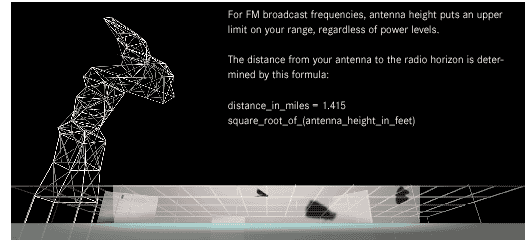 The dominant cost in contemporary engineering is no longer the
material of physical capital, but the human capital. This is particularly
true in software engineering, where the material is the bits and
bytes of code, and the cost of hardware per cycle is still dropping
rapidly. And duplicating and distributing the 'stuff' of software
engineering costs almost nothing when compared to the costs of the
paying engineers. This is why we see big payoffs to a more effective
use of human capital in this realm. However, the relative costs
also hold true in other realms of engineering. For instance, one
triangular truss element with a two-foot side costs you about the
same as one readwriteable CD-ROM. You can probably get a small tower's
worth of truss for the same cost as a laptop--a condition of the
information age, and the prompt for the Rival tower project. | |
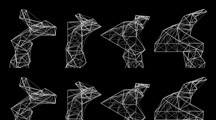 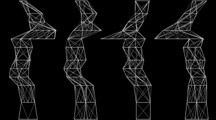 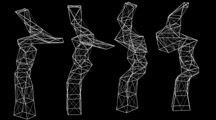 |
So what is the form of an opensource tower? I am the engineer for this project, and I do not know the answer a priori, but I do know that to open source the process means engaging the stakeholders and the people who believe they have something to contribute. As we have learned from the WTC site, there seem to be many people interested in participating in many aspects of the redevelopment of lower Manhattan, but the question remains: how to productively engage this? The open source process achieves participation by assembling many contributions--expertise, opinions, money or in-kind support--of many people, a process familiar to nonprofit organizations, particularly as corporate philanthropy evaporates and federal funding is diverted away from civil to military applications and facilities. Olympics fundraisers sold bricks in the pathways to give people tangible evidence of the value of their contribution; NPR might give you a mug and membership for your financial contributions or your assistance manning the phones. In the case of the Rival tower, open sourcing means you can not only 'buy' a truss element to show your support of the project and the program of the institution, but you can also decide, within the envelope of physical possibility, where to place that truss element. In a familiar interdependency, where you decide to place the truss will effect where those that follow can place theirs and, in turn, what the global form will look like. A few people, for instance, might get together and use their truss towards building a viewing platform 10 feet up the tower, providing a clear view of the WTC site that thousands of tourists continue to visit each day. |
|
A tower, the form of which is dominated not by the cost of materials
but by the need for an effective--let's call it efficient--engagement
of human capital, well, we can confidently assume that that tower
will be recognizably different in form and symbol to Eiffel's. It
may look more organic, drawing from that highly variable, non-standardized
resource of people's contributions. But engineers have learned that
by effectively integrating the multiple agendas, motivations and
expertise of many contributors, you can make better systems. Eiffel
faced the technological challenge of his day; the challenge of our
century is to build open processes, local accountability and to
embody participatory democracy in our shared technical infrastructure.
Natalie Jeremijenko directs the experimental product design lab in the faculty of engineering at Yale University. The Rival tower project is on exhibition as part of a scheme for the redesign of ArtinGeneral. Laura Kurgan, Design, and Jeremijenko Lab collaborated to design the Open(re)Source Gallery, combining schemes with one of the other 5 finalists, Leslie Gill, Architect. |
|